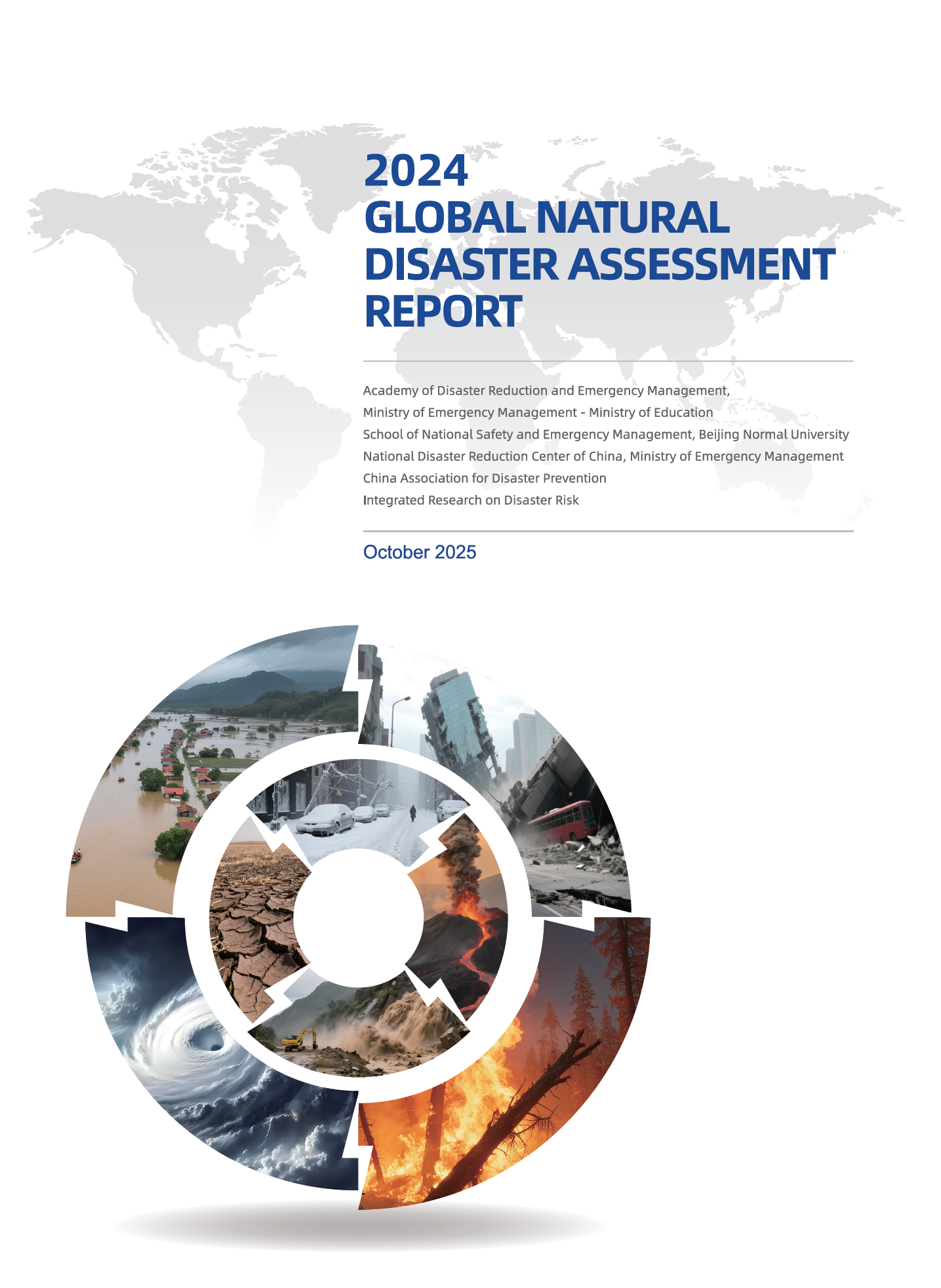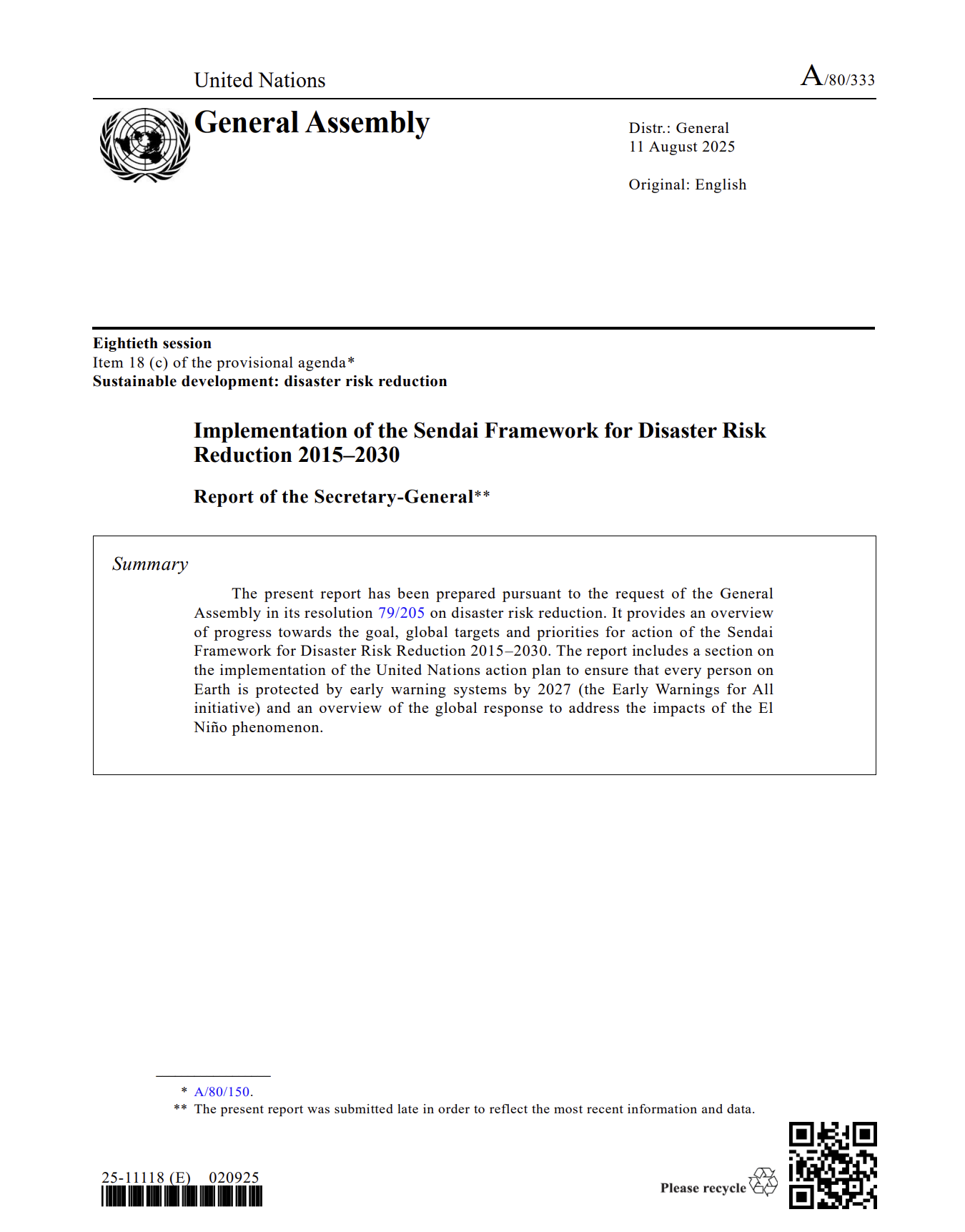A powerful 7.7 magnitude earthquake (Center: 21.85°N, 95.95°E) struck Myanmar on Friday at 12:50 am (local time). The quake struck near Mandalay, Myanmar’s second-largest city of more than a million people. An aftershock of magnitude 6.4 (21.60°N, 95.95°E) was registered at 13:02 (local time). To that end, CBAS and IRDR initiated emergency mapping activities in the affected areas and planned the overpass of SDGSAT-1 satellite GLI and TIS payloads to support the humanitarian response. On 29 Mar., 2025, the SDGSAT-1 acquired GLI and TIS data successfully. The images were analyzed to calculate the light decrease, which can reflect the change of human activities and the impact of the population.
Prelimnary results are as following:
As a result of the earthquake, the total light intensity on 29 Mar., 2025 decreased more than 82.88% in Mandalay area, with 73.79 km2 has less power supply than that on 07 Dec., 2024, which affected more than 1,002,000 population.
The total light intensity on 29 Mar., 2025 decreased more than 85.81% in Mogoke, Wundwin, and Yamethin area, with 9.21 km2 has less power supply than that on 07 Dec., 2024, which affected more than 19,000 population.
The total light intensity on 29 Mar., 2025 decreased more than 89.47% in Naypyidaw area, with 150.20 km2 has less power supply than that on 07 Dec., 2024, which affected more than 100,000 population.
The total light intensity on 29 Mar., 2025 decreased more than 38.42% in Yangon area, with 291.60 km2 has less power supply than that on 07 Dec., 2024, which affected more than 3,770,000 population.
The results are for reference only due to the influence of clouds and fog and the shimmering angle of view. Observation of the affected area will continue.





